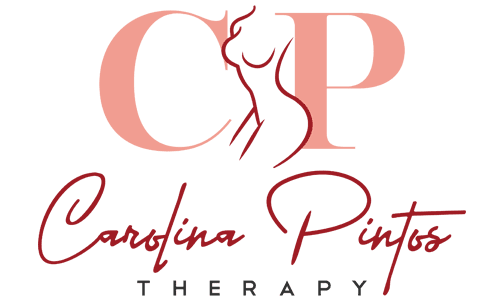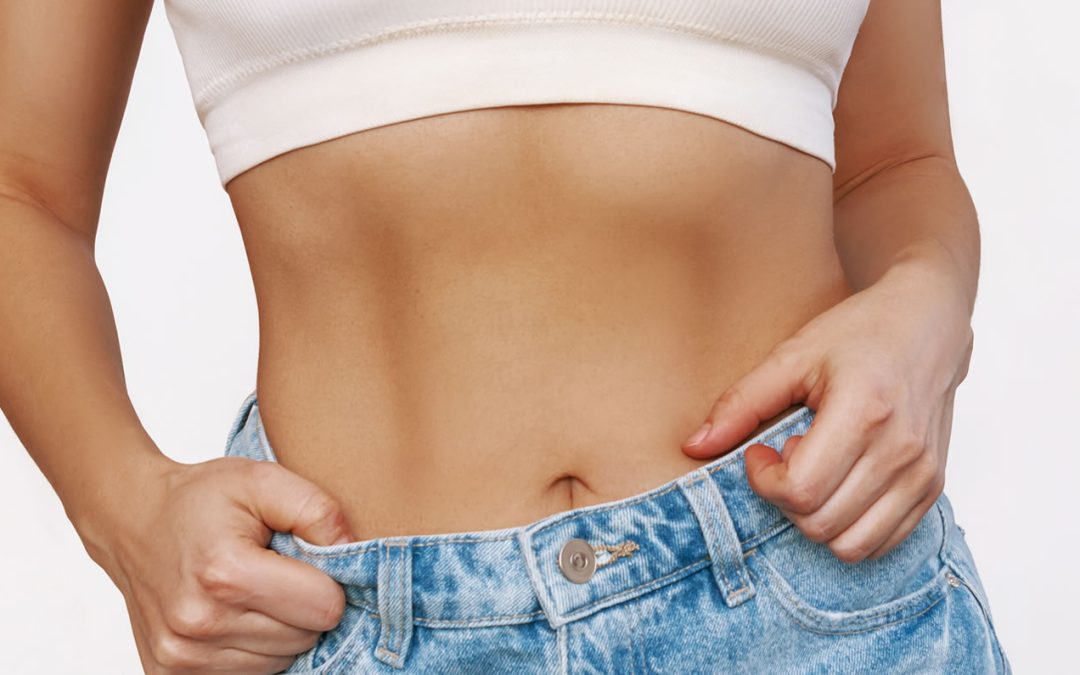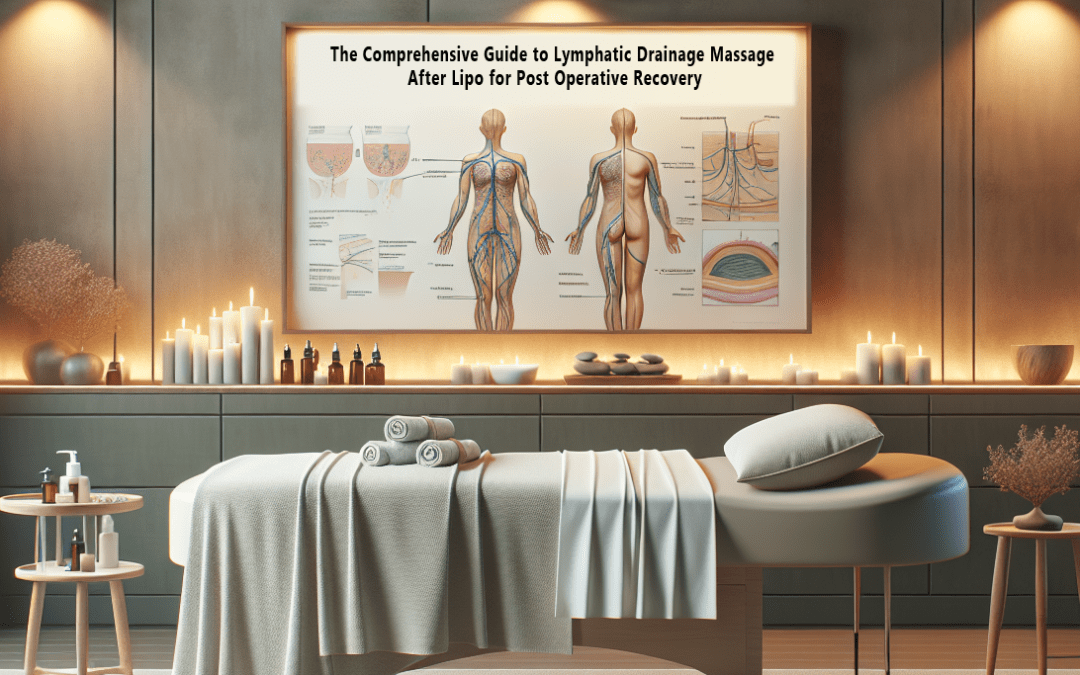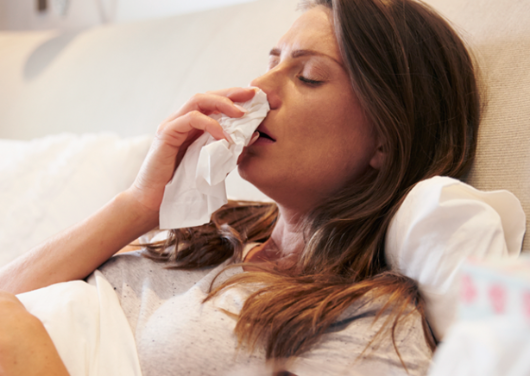Post-operative care is a critical component of the success of any surgical procedure, including cosmetic surgery. Managing swelling and inflammation is a key aspect of this care. While surgical wound drainage through a Jackson Pratt drain or similar device is a standard and acceptable technique, the practice of therapists manually draining the surgical wound site—known as incisional drainage massages, wet drainages, or Colombian drainage—can have detrimental effects on post-operative recovery. This article will discuss the risks associated with incisional drainage massages and emphasize the importance of safer, more effective alternatives.
The Risks of Incisional Drainage Massages
Incisional drainage massages involve manually opening the surgical incision site and applying pressure to remove fluid. While this technique has been used in postoperative care for many years, it has been associated with increased inflammation, prolonged healing time, and a higher risk of infection due to exposure of the surgical wound to external contaminants. Furthermore, the body may respond to this invasive technique by producing more fluid, leading to more fibrosis and fluid buildup. It’s worth noting that some therapists have lost their licenses due to the use of this harmful technique.
Example of this practice:
- https://www.newbeauty.com/lymphatic-massage-squeeze-lady-gets-license-suspended/
- https://www.nbcmiami.com/news/local/state-restricts-license-of-woman-who-advertised-post-butt-lift-massages-on-social-media/2342184/
The Role of Therapists in Post-Operative Care
Therapists play a crucial role in post-operative care. They can contribute significantly to a patient’s recovery by using safe and effective techniques, providing education on post-operative care, and monitoring the patient’s progress. However, it’s essential to choose a reputable therapist who uses safe techniques and avoids harmful practices like incisional drainage massages.
Effective Alternatives to Incisional Drainage Massages
One effective alternative to incisional drainage massages is postoperative lymphatic drainage massage. This technique involves the use of light pressure and long, rhythmic strokes to stimulate the lymphatic system and encourage the movement of lymphatic fluid toward lymph nodes. A study published in the Journal of Cosmetic Dermatology found that postoperative lymphatic drainage massage was effective in reducing swelling and improving skin texture following liposuction surgery (Zou, Wang, Wang, & Wang, 2019).
Another effective technique is the rerouting of lymphatic fluid to another lymph node when necessary. Therapists can use their knowledge of lymph vessel passages to direct fluid away from areas of swelling and towards functioning lymph nodes. This technique has been shown to be effective in managing edema, a condition where lymph fluid accumulates in the tissues, leading to swelling and inflammation (Rockson, 2019).
Conclusion
Incisional drainage massages can have negative effects on post-operative recovery. It’s crucial to use safer, more effective techniques such as lymphatic drainage massage and rerouting of lymphatic fluid to manage post-operative swelling and inflammation effectively. By choosing a reputable therapist and avoiding harmful practices like incisional drainage massages, patients can achieve better outcomes and a quicker recovery.
Sources
- Rockson, S. G. (2019). Current concepts and future directions in the diagnosis and management of lymphatic vascular disease. Vascular Medicine, 24(6), 565-573. doi: 10.1177/1358863X19878533
- Zou, Z., Wang, W., Wang, X., & Wang, Y. (2019). Lymphatic drainage massage improves the clinical efficacy of liposuction in body contouring: A randomized, controlled clinical trial. Journal of Cosmetic Dermatology, 18(2), 603-607. doi: 10.1111/jocd.12819
This writing is the original and exclusive property of Carolina Pintos and is protected under copyright law. Unauthorized use of the same without the express consent of Carolina Pintos will be subject to prosecution under applicable laws.
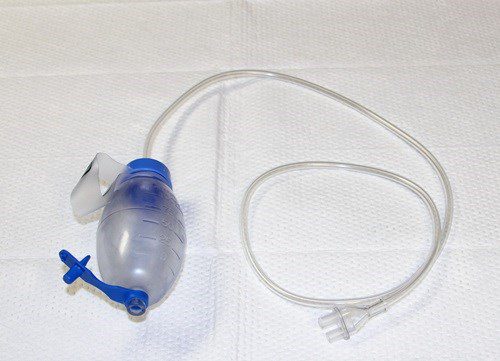
The Jackson Pratt (JP) drain, also known as the Bulb Suction Drain, is a commonly used device for draining surgical sites following some surgeries. These devices assist in draining excess fluid from the surgical area, and a light stroking massage can be used to further aid in draining. However, the unethical practice of some therapists arises when they remove the drains and reopen the incision to extract more fluid from the original hole. This practice can be detrimental to post-operative recovery and is not recommended.
Under the law, only licensed doctors or uniquely licensed nurses are authorized to attend to serial wounds. Therefore, any local therapist conducting this practice is not only unethical but also illegal and poses harm to the patient’s body.
